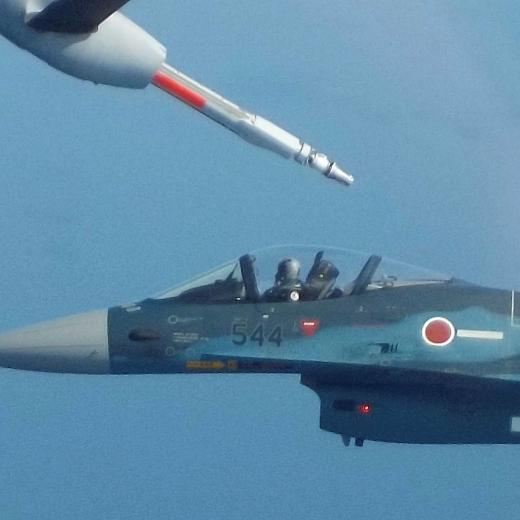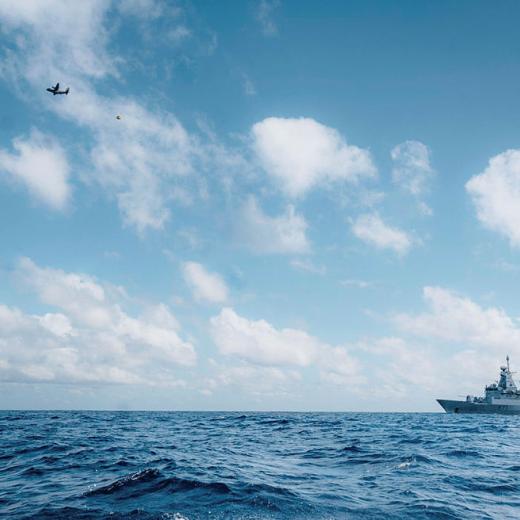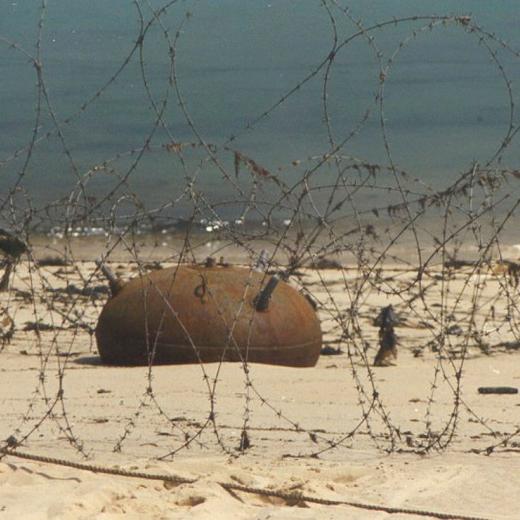BLUF
Perspectives on Oceania provides links to web content about Melanesia, Polynesia, and Micronesia.Summary
Oceania encompasses a vast expanse of islands in the Pacific Ocean, excluding Asia and the Americas. It consists of Australasia (Australia and New Zealand), Melanesia, Micronesia, and Polynesia.
About Oceania: Oceania | Definition, Population, Maps, & Facts | Britannica
Differences between Melanesia, Polynesia, and Micronesia:
- Geographic Location and Composition:
- Melanesia: Includes Papua New Guinea, Fiji, Solomon Islands, Vanuatu, New Caledonia, and parts of Indonesia. It is characterized by a mixture of continental and oceanic islands, mainly in the Southern Hemisphere.
- Micronesia: Located north of the Equator and east of the Philippines, consisting of islands like Palau, Guam, Northern Mariana Islands, Federated States of Micronesia, Nauru, Marshall Islands, and Kiribati.
- Polynesia: Encompasses a large triangle in the eastern Pacific, with Hawaii to the north, New Zealand to the southwest, and Easter Island to the east. Includes islands like Tuvalu, Samoa, Tonga, Cook Islands, and French Polynesia.
- Cultural and Historical Aspects:
- Melanesia: Known for its cultural and linguistic diversity, with evidence of transformation in political systems and trade networks over the past 2,000 years. European colonial influence began in the 1660s, significantly impacting the region.
- Micronesia: Has a strategic location between North America and Asia, which influenced its history significantly, especially with the United States using it for military bases and nuclear tests.
- Polynesia: Features diverse bird life and coral reef systems. Its islands are known for having more remnants of volcanic activity, like atolls, and a rich variety of marine life.
- Environmental and Health Concerns:
- Melanesia and Polynesia both have diverse environments, with concerns about deforestation and exploitation of resources.
- The health systems in these regions have developed differently, with Melanesia facing challenges like malnutrition and diseases like malaria.
- Unexploded ordinance UXO*:
- WWII Legacy: UXO issues persist from World War II conflicts in Oceania**.
- Community Threat: UXO poses dangers to local populations in Oceania.
- Environmental Impact: UXO can harm the environment, contaminating soil and water.
- Economic Disruption: UXO hinders development and economic activities in affected areas.
- Clearance Efforts: Ongoing UXO clearance operations mitigate risks in Oceania.
- International Aid: NGOs and international support contribute to UXO clearance efforts in Oceania.
- * Where is Unexploded Ordnance | Unexploded Ordnance (defence.gov.au)
- ** The Pacific Strategy, 1941-1944 | The National WWII Museum | New Orleans (nationalww2museum.org)
Note: Each region has its unique characteristics and challenges, influenced by geography, culture, history, and external factors like colonialism and strategic importance. For more detailed information, refer to the sources below:
STUDY RESOURCES
- 5 Things You Should Know About: Oceania - WorldAtlas
- Australia and Oceania: Human Geography (nationalgeographic.org)
- FACT SHEET: Enhancing the U.S.-Pacific Islands Partnership | The White House
- Melanesian culture | History, Art, Religion, & Facts | Britannica
- Micronesian culture - Oceanic, Polynesian, Melanesian | Britannica
- Micronesia | History, Capital, Population, Map, & Facts | Britannica
- Oceania | Definition, Population, Maps, & Facts | Britannica
- Oceania - New World Encyclopedia
- Pacific Islands – World Regional Geography (umn.edu)
- Pacific Nations and Territories: The Islands of Micronesia, Melanesia, and Polynesia - Association for Asian Studies
- Pacific Islands | Countries, Map, & Facts | Britannica
- Papua New Guinea | Culture, History, & People | Britannica
- Polynesia Vs. Melanesia: Deciphering the Differences (expeditions.com)
- Polynesian culture | History, People, Religion, Traditions, & Facts | Britannica
- Understanding Oceania - ANU
RUNWAY P0STS: PACIFIC
- New study highlights barriers to engaging Pacific men supporting women’s leadership Kelvin Anthony 10 December 2023
- Bill urges Pentagon to speed JADC2 transition in focus on Indo-Pacific Colin Demarest 10 December 2023
- One Step Forward, Two Steps Back: Women’s Political Representation in the Pacific Dr Kerryn Baker and Dr Theresa Meki 21 November 2023
- How are global powers engaging with the Pacific? And who is most effective? These 5 maps provide a glimpse Joanne Wallis, Alan Tidwell, Henrietta McNeill and Michael Rose 10 November 2023
- Both the US and Australia are adamant the Pacific “matters”. But only one is really moving the dial. Henryk Szadziewski and Graeme Smith 09 November 2023
- 2023 Pacific Aid Map Reveals Chinese Aid in Retreat Lowy Institute 07 November 2023
- Fiji PM Sitiveni Rabuka calls for 'Zone of Peace' in the Pacific in Canberra speech Stephen Dziedzic 29 October 2023
- RAN in the Pacific War RH Pelvin and JH Straczek 27 July 2023
- Women on the Frontlines of Pacific PeacebuildingHeather Wrathall and Sharon Bhagwan Rolls 14 July 2023
- Working with the Pacific island nations to build resilience Lucy Albiston and Justin Bassi 28 May 2023
- US military to increase troop rotations to Australia to add stability to Indo-Pacific region Doug G. Ware 18 December 2022
- Australia needs more defence grunt in its Pacific policy Anthony Bergin and Grant Newsham 02 November 2022
- Pacific Islands backed a partnership with the US, but China unlikely to be deterred in push for influence Melissa Maykin and Prianka Srinivasan 15 October 2022
- Australia, PNG inch closer to inking security treaty as defence minister tours the Pacific island nation Stephen Dziedzic 30 October 2022
- Pacific islands a key U.S. military buffer to China's ambitions, report says Kirsty Needham 28 September 2022
- Germany Says It Will Expand Military Presence in Indo-Pacific Sarah Marsh and Sabine Siebold 08 September 2022
- World War II Archeology in the Pacific (6 Iconic Sites) Arthur Grainger 18 August 2022
- China’s real ambitions for the South Pacific John Garrick 25 June 2022
- Quad Summit to focus on key challenges, ways to keep Indo-Pacific free and open Rezaul H Laskar 21 June 2022
- Where next for EU security policy in the Asia-Pacific? James Crabtree 02 February 2022
- Germany ramps up Indo-Pacific engagement Vanessa Geidel 22 January 2022
- The Gulliver dilemma: Australia and South Pacific security Graeme Dobell 23 April 2021
- To spread out against China's missiles, the US Air Force is sending fighters to remote Pacific airfields Christopher Woody 05 March 2021
- Britain tilts towards the Indo-Pacific NJames Rogers 07 January 2021
- Climate and Security in the Indo-Asia Pacific International Military Council on Climate and Security 29 October 2020
References
FROM THE RAAF RUNWAY
- PNG COLLECTION: ARTICLES RELATING TO PNG | The Runway (airforce.gov.au)
- New Guinea Campaign, South West Pacific Area Theatre: List of WW2 battles 1941 – 45. | The Runway (airforce.gov.au)
- PNG OVERVIEW: Including recent history, economics and social development. | The Runway (airforce.gov.au)
- CLIMATE CHANGE IMPACT ON PACIFIC ISLAND NATIONS 09 December 2023
- GENDER PEACE AND SECURITY (GPS) | The Runway (airforce.gov.au)
- COLLECTIONS/The Runway (airforce.gov.au)
- ADDITIONAL READING RAAF RUNWAY (PME)
- RAAF RUNWAY: RATIONALE, GUIDELINES, LEARNING OUTCOMES, ETC





